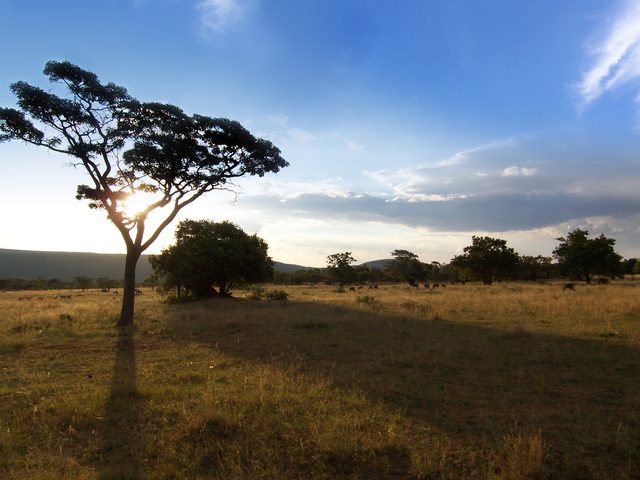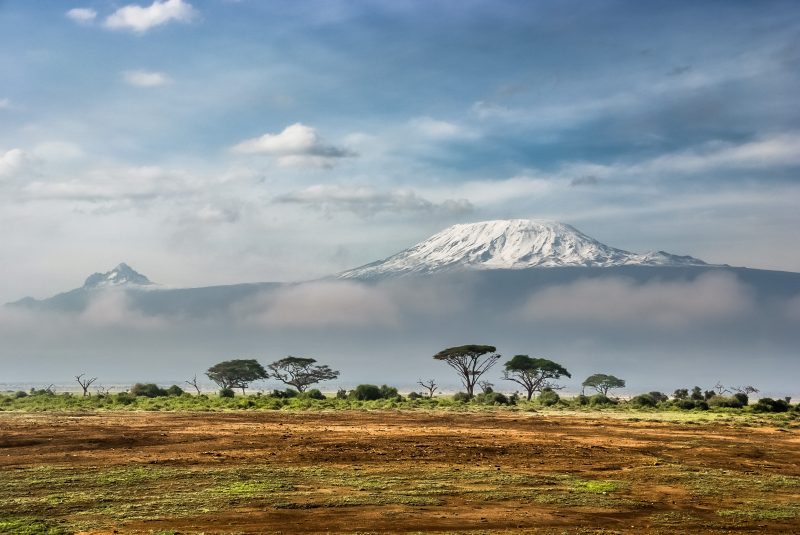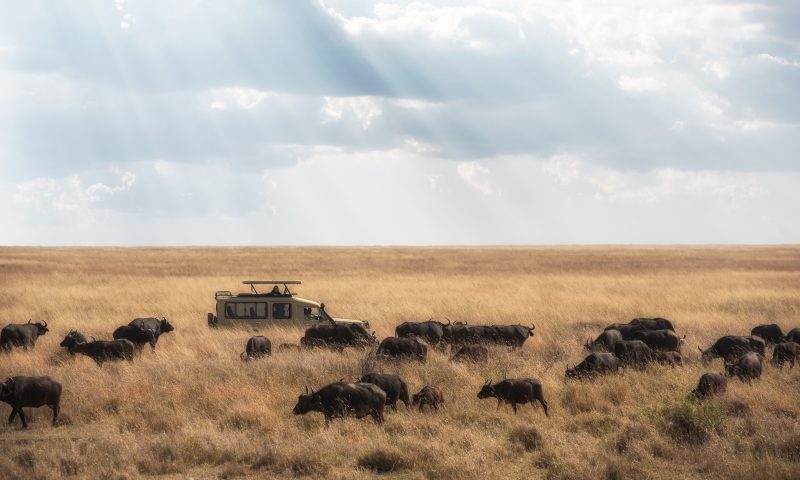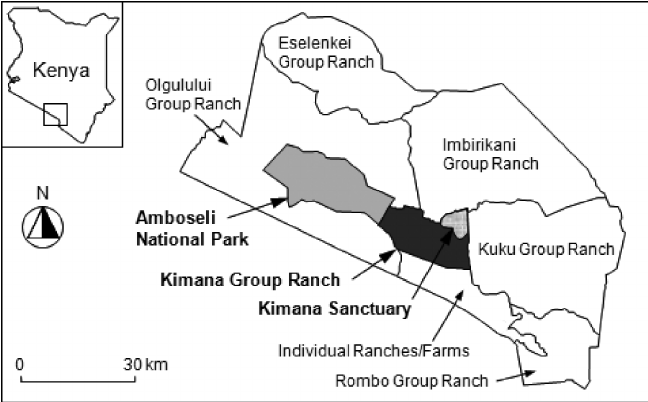Political History Of Amboseli National Park
Amboseli has a history as ancient as the human civilization itself. There is evidence that excavators discovered many fossils here. Proto-human species have evolved here. Although the Bantu people gradually settled in Kenya over the first millennium, the Maasai established themselves in Amboseli. They were a Nilotic tribe but have amalgamated the customs of other tribes to form their culture. They named the region Empusel, which means salty and dusty open place in the Maa language. Maasais are fierce warriors, much like their ancestors, but living in peace with the wildlife population. Hence, the European explorers avoided them initially until an expedition arrived in the region in 1883 led by Joseph Thompson.
Birth of Amboseli
The colonial government kicked out the Maasai from Amboseli for agricultural purposes and developed it into a gaming reserve. In 1906, they set aside the southern part of the reserve for the Maasais. So, Amboseli in the south of Kenya, as we know it today, was created in the 20th century by the colonial government as a place to relocate the Maasais to open up the Great Rift Valley for the British settlers. Then tourism started arriving during the 1940s. Soon the government considered the southern Reserve not only for Maasai but also for the management of wildlife for tourism and hunting. The government installed some rangers and a warden in Amboseli to patrol for poaching. By the mid-1950s, poaching had risen to catastrophic proportions.
Amboseli game reserve
An initiative for the preservation of wild spaces and wildlife in East Africa led to the National Park Ordinance of 1945, creating national parks and reserves in Kenya including Nairobi and Tsavo National Parks. As a result, Amboseli became a National Game Reserve. Even though wildlife and tourist spots were off-limits to Maasais, they cared less. They saw no reason not to share the area with the others. Then there was the issue of the management of the springs. Maasai used the watering areas around Amboseli’s swamps to water their herds. As a result, Maasai cattle had overgrazed the area, which exacerbated the conflict. So, the government formed a 30-acre sanctuary to protect this water source.
Kajiado county council
On the eve of Kenya’s independence of 1961, the management of Amboseli National Reserve was taken over by the Maasai District Kajiado County Council. They managed the reserve and collected tourism revenue. With that earnings, they supported local development of schools, clinics, and water sources. It gave the Maasai community a direct stake in the Reserve’s administration. After that, power struggles between international conservationists, local and national politicians, and the Kajiado County Council continued. Internationally, there was growing support for transforming the Reserve into a national park. The New York Zoological Society made an offer to underwrite the costs of gazetting, including installing water sites outside of the park for the Maasai livestock. But the destructive capacities of tourists and cattle in the 1960s began to tell. A rising water table in the 1970s brought poisonous alkali and decimated large acacia woodlands.
Amboseli national park
Finally, 1974 marked a new beginning when little more than 10% around the swamps was declared as Amboseli National Park by President Jomo Kenyatta by a decree. Although the designation helped protect the fauna and flora, Maasais were once again angry because the status excluded them and their cattle. They seized on the opportunity with a vengeance. Numerous herds of cattle encroached well into the park unhindered, and the park staff could not keep them out. The Maasais then exterminated the park’s long-horned black rhinos. Finally, Maasais obtained piped water for their cattle and only then did they consent to give up the land. Eventually, both parties found ways to reconcile each other’s needs.
Concerted environmental conservation
The Maasais settled beyond the park’s borders taking up agriculture and community involvement in conservation. However, the erosion of the grasslands in Amboseli by circling safari vehicles did extensive damage during the 1980s to both animals and tourists. It turned the area into a vehicle-clogged dustbowl. The authorities initiated a program of environmental conservation including ditch-making and road-building. To ward off off-road driving they enforced strict measures. The combined effort improved the situation enormously.
Kimana ranch sanctuary
In the 1990s, the Kimana group ranch members formed the Kimana Sanctuary, a parcel of land with incredible wildlife diversity intending to have a community-based tourism facility that employed locals and supported conservation. The business side has since come to an end, but the ranch still remains intact, minus the agriculture and cattle grazing.
Transfer of power
In 2005, the then President Mwai Kibaki announced its intention to transfer control of Amboseli National Park to the Olkejuedo County Council from the Kenya Wildlife Service. Then a council would manage the park, and its status would be back to being a reserve. But the stakeholders are still contesting it because of its implications that could sabotage Kenya’s other parks. Moreover, conservationists mounted a legal challenge against it and halted the action.
5 Frequently Asked Questions About Amboseli National Park
To book a safari in Amboseli, please fill out the following form or simply email us on safaris@safari-center.com








